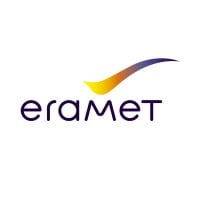
Tata Steel
Tata Steel group is among the top global steel companies with an annual crude steel capacity of 34 million tonnes per annum. It is one of the world's most geographically-diversified steel producers, with operations and commercial presence across the world. The group (excluding SEA operations) recorded a consolidated turnover of US $19.7 billion in the financial year ending March 31, 2020. A Great Place to Work-CertifiedTM organisation, Tata Steel Ltd., together with its subsidiaries, associates and joint ventures, is spread across five continents with an employee base of over 65,000. Tata Steel has been a part of the DJSI Emerging Markets Index since 2012 and has been consistently ranked amongst top 5 steel companies in the DJSI Corporate Sustainability Assessment since 2016. Besides being a member of ResponsibleSteelTM and worldsteel’s Climate Action Programme, Tata Steel has won several awards and recognitions including the World Economic Forum’s Global Lighthouse recognition for its Kalinganagar Plant - a first in India, and Prime Minister’s Trophy for the best performing integrated steel plant for 2016-17. The Company, ranked as India’s most valuable Metals & Mining brand by Brand Finance, received the ‘Honourable Mention’ at the National CSR Awards 2019, Steel Sustainability Champion 2019 by worldsteel, CII Greenco Star Performer Award 2019, ‘Most Ethical Company’ award 2020 from Ethisphere Institute, Best Risk Management Framework & Systems Award (2020) by CNBC TV-18, and Award for Excellence in Financial Reporting FY20 by ICAI, among several others. To know more, visit www.tatasteel.com and www.wealsomaketomorrow.com.






